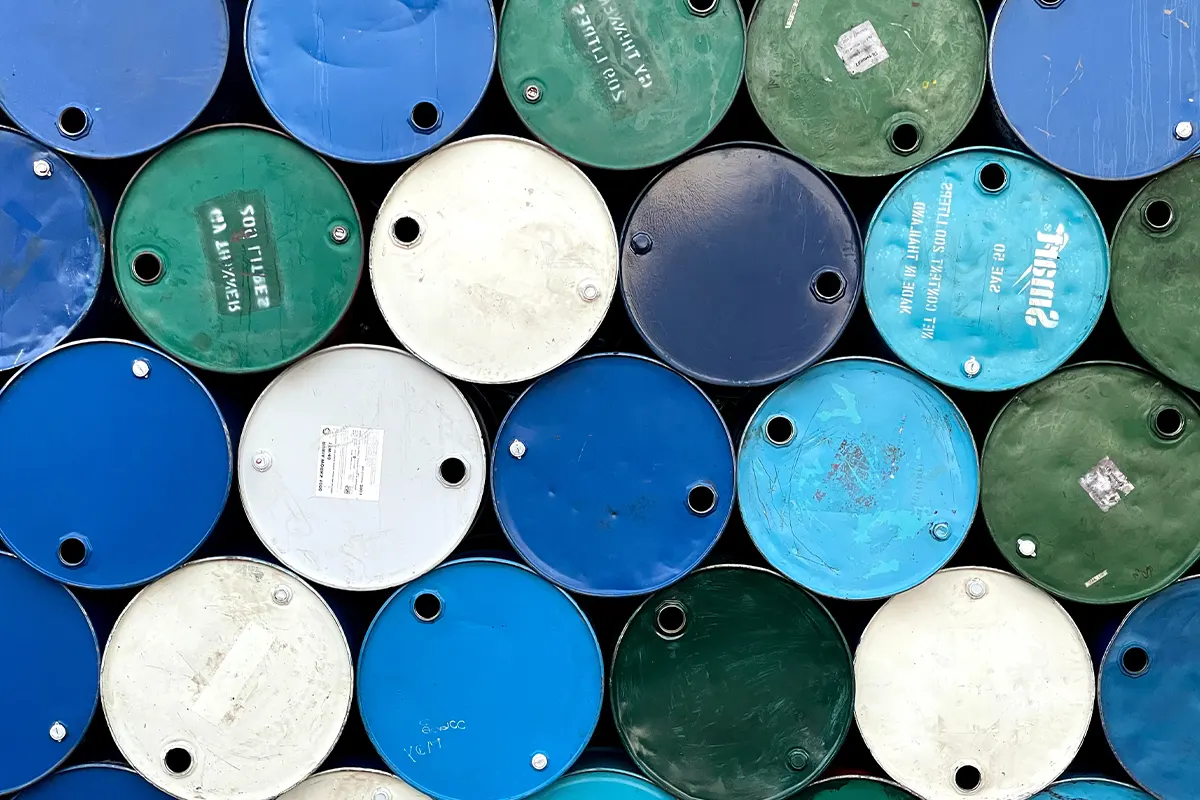Often referred to as “liquid gold”, oil is a vital resource that powers our modern world. But have you ever wondered about the raw materials that give birth to this precious substance? Let’s delve into the origins of oil formation, examine the raw materials and organic structure that make up oil, and explore the fascinating geological processes of this black gold that drives the world economy.
Formation of Oil
Oil is formed through a natural process that takes millions of years. It begins with the accumulation of organic matter, primarily derived from ancient marine organisms such as algae and plankton. Over time, these organisms settle on the ocean floor, where they mix with sediments and undergo a process called burial. As more layers of sediment accumulate, the organic matter becomes trapped and subjected to immense pressure and heat.
Transformation into Hydrocarbons
Under the intense heat and pressure, the organic matter undergoes a series of chemical reactions known as diagenesis and catagenesis. During diagenesis, the organic matter is converted into a waxy substance called kerogen. As the temperature and pressure increase further, catagenesis occurs, transforming the kerogen into hydrocarbons, the primary components of oil and natural gas.
Primary Raw Materials in Oil Formation
The primary raw materials for oil formation are organic matter and sedimentary rocks. Organic matter, as mentioned earlier, is derived from ancient marine organisms. These organisms, through their life processes, accumulate carbon-rich compounds, which become the building blocks for oil. Sedimentary rocks, on the other hand, play a crucial role in the preservation and transformation of organic matter. These rocks, such as shale and limestone, provide the necessary environment for the burial and preservation of organic material, allowing the formation of oil over geological timescales.
Geological Processes in Oil Formation
The formation of oil is intricately tied to various geological processes. Plate tectonics, for instance, plays a significant role in the creation of oil reservoirs. As tectonic plates move and collide, sedimentary basins are formed, providing the ideal conditions for the accumulation and preservation of organic matter. Additionally, the migration of oil from its source rocks to reservoirs is facilitated by the presence of permeable rocks, such as sandstone or fractured limestone, which act as conduits for the oil to flow.
How is crude oil formed briefly?
Oil, the lifeblood of our modern society, originates from the accumulation and transformation of organic matter over millions of years. The primary raw materials for oil formation are organic matter derived from ancient marine organisms and sedimentary rocks that provide the necessary environment for its preservation. Understanding the origins of oil allows us to appreciate the intricate geological processes that shape our planet and sustain our energy-dependent civilization.

